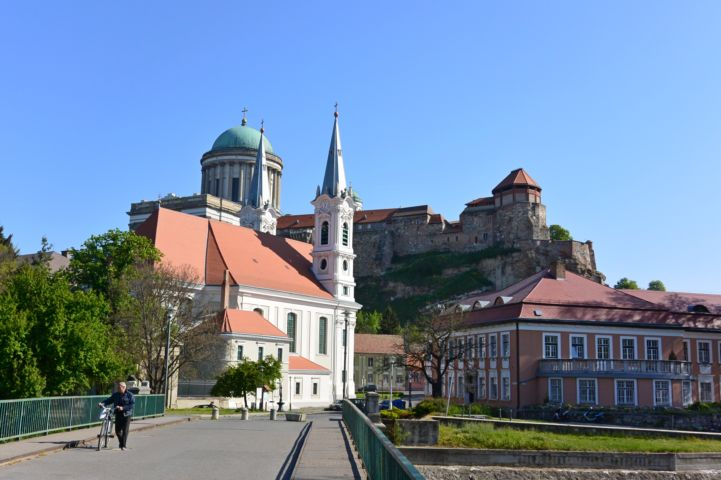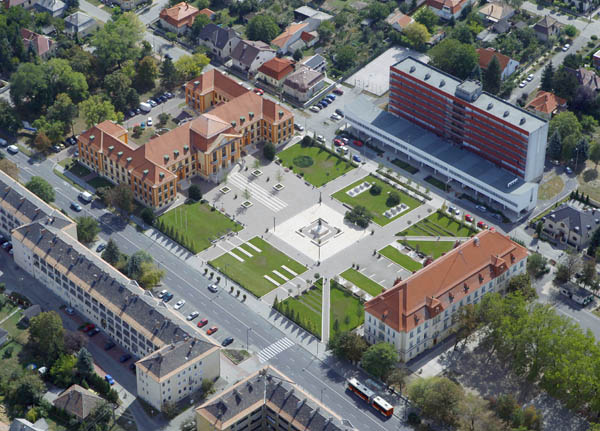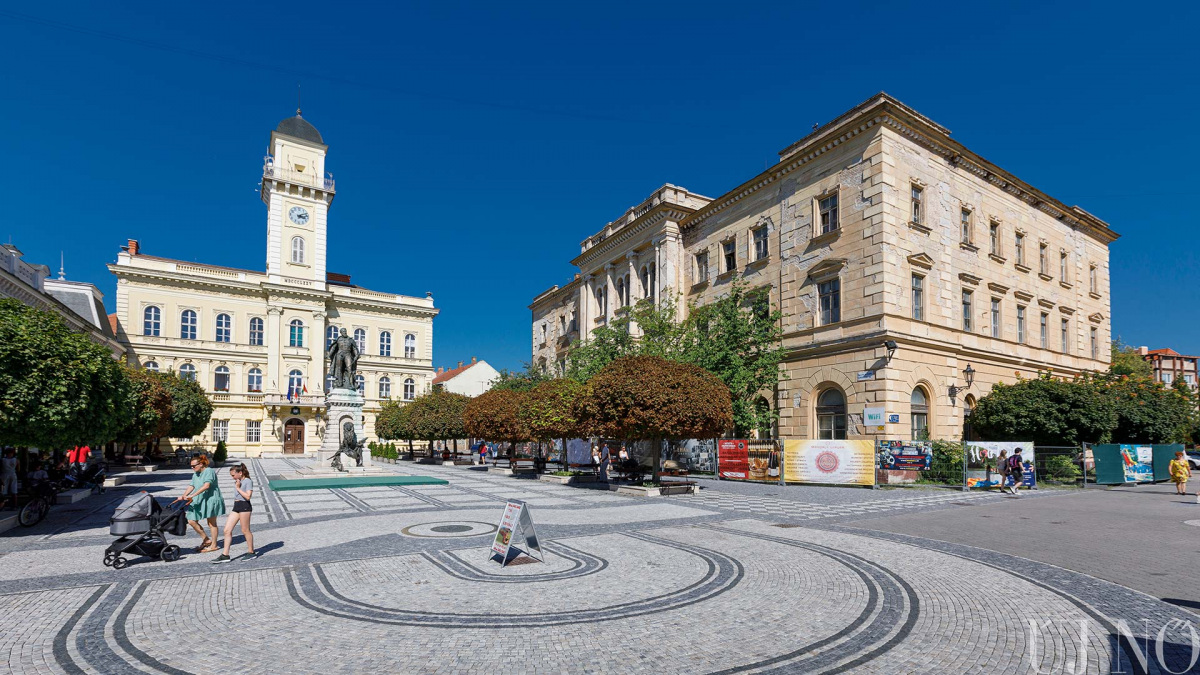Watermills in Tata
Besides Tata Castle and and the lakes one of the most important factors of urban development and settlement character is the number of mills operating on the water network, as a result Tata is called the city of mills - based on a map made in the early 1830s, the town boasted a total of 15 working mills. Of these, there were 6 rock mills (Komárom, Cseke, Öreg-, Ferenc-, Hámon- and New-Rock), in which the baize was milled, and the rest milled flour (Burgundy, Baumeister, Cifra, Hencz, Janko, Henkz, Janko, Hencz, Jankó, Nepomucenus, Old, Baker and Szőnyi Mill). In the 1930s, only four of them - the Cifra, the Nicholas, the Pörörke and the Wéber - operated. The end of the declining craft was brought by the coal mining of Tatabánya in the 1950s and the associated karst water, which led to the loss of resources and the shutdown of water mills. A mill building, which can be visited, is located in Alkotmány Street, called Nepomucenus, also called Gödör or Völgyi Mill, owned by Jakab Fellner. It was named after the statue of St. John of Nepomuk standing in an arched niche decorated with hood-moulding, on the facade of the mill. Today it is the German Nationality Museum.




